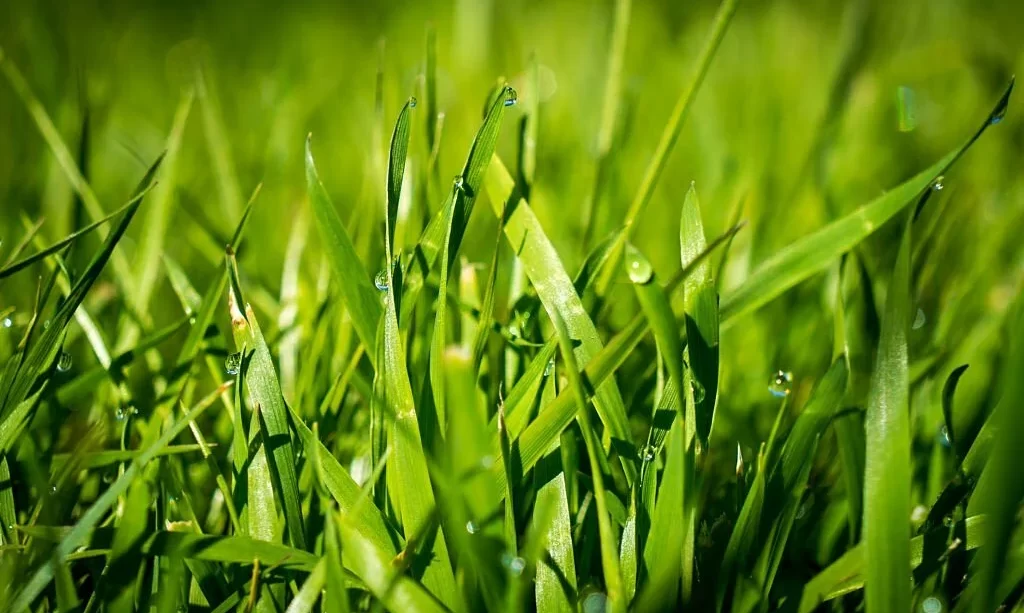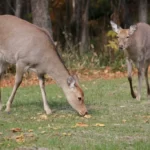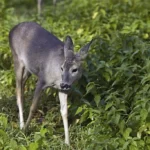Grass – the unassuming carpet covering vast landscapes, the source of life for countless herbivores, and the foundation of our lawns and parks. It’s so ubiquitous that we often take it for granted, but have you ever wondered just how many blades of grass exist on our planet? In this exploration, we delve into the mesmerizing world of grass and seek to answer the intriguing question of how many of these slender, green strands cover the Earth. The story of grass is a tale of diversity and abundance, a story that touches both our natural world and our everyday lives.
The Vast World of Grass
To embark on our quest to count grass blades, we must first appreciate the sheer magnitude of the grass family. Grasses come in an astonishing array of forms, from the towering bamboo of Asia to the hardy tufts of alpine grasses. They carpet the plains, create the open vistas of prairies, and sway gracefully in the wind across savannas. Grasses are not just grass; they are a family of plants that play a pivotal role in the world’s ecosystems.
The Challenge of Counting Grass
As we ponder the grand scale of grass diversity and abundance, the challenge of counting these ubiquitous plants becomes evident. The sheer number of grass blades, spread across diverse environments, presents a formidable task. Scientists and researchers have grappled with this challenge for years, using various methods and technologies to estimate grass populations. The precision and accuracy of such estimates vary, but the quest to quantify the blades of grass on our planet remains a fascinating endeavor. In the sections to follow, we’ll explore the ecological and practical significance of grass, methods used to estimate their numbers, and the lingering mysteries in this grassy tale.
Grass in Natural Ecosystems
The importance of grass in natural ecosystems cannot be overstated. Grasslands, spanning from the prairies of North America to the African savannas, are defined by their lush carpets of grass. In these habitats, grasses provide essential sustenance for a variety of herbivores, from bison to zebras. Their deep roots help prevent soil erosion and contribute to the overall health of these ecosystems. Grasses also play a role in the carbon and nitrogen cycles, affecting the planet’s climate regulation. From the sprawling plains of the Serengeti to the temperate grasslands of North America, grass is an ecological cornerstone, influencing not only the animals that graze upon it but also the balance of the natural world.
Grass in Human Life
Beyond their significance in natural ecosystems, grasses have profound implications for human life. In agriculture, grasses serve as a primary food source for livestock, including cattle, sheep, and goats. Cereals like wheat, rice, and corn, which are members of the grass family, are staples of human diets worldwide. Grass is also a fundamental component of urban and suburban landscapes, forming our lawns, parks, and sports fields. Beyond aesthetics, lawns and green spaces contribute to air and water quality and are critical for recreation and mental well-being. Moreover, the role of grass in carbon sequestration cannot be overlooked, making it a vital ally in mitigating climate change. As we seek to quantify the blades of grass that blanket the Earth, we must recognize the profound impact of these unassuming plants on human life and well-being.
Estimating the Number of Grass Blades
The task of estimating the number of grass blades covering our planet is not one taken lightly. Scientists have employed a variety of methods to tackle this monumental challenge. These methods include satellite imaging and remote sensing to analyze large grassland areas, as well as ground-based surveys in more accessible regions. Researchers have also used advanced computer models to make extrapolations based on smaller-scale studies. While these efforts have provided valuable insights, the vastness and diversity of grasslands continue to make precise estimation elusive. Nonetheless, these studies have given us a rough understanding of the astonishing numbers involved, though they remain subject to refinement as technology and research progress.
The Final Frontier: Unknowns and Challenges
As we venture further into the grassy frontier, we encounter the unknowns and challenges that remain. Climate change and habitat loss pose threats to grasslands and the countless species that depend on them. The impact of these changes on grass populations is a pressing concern. Moreover, the complex interplay between grasses and herbivores, as well as their role in shaping ecosystems, presents ongoing research questions. The mysteries of grass diversity and the intricacies of grass populations invite us to explore further and deepen our understanding.
Conclusion
In our quest to count the blades of grass that carpet our planet, we’ve uncovered a world of diversity, abundance, and ecological significance. Grasses are the unsung heroes of natural ecosystems and human life, playing crucial roles in food production, climate regulation, and urban landscapes. While estimating the exact number of grass blades remains a formidable challenge, the efforts of scientists and researchers have provided valuable insights into the sheer magnitude of these unassuming plants. As we look to the future, let us continue to appreciate the role of grass in our world and work towards preserving these vital ecosystems for generations to come. The true number of grass blades may remain a mystery, but their importance to our planet is undeniably clear.



